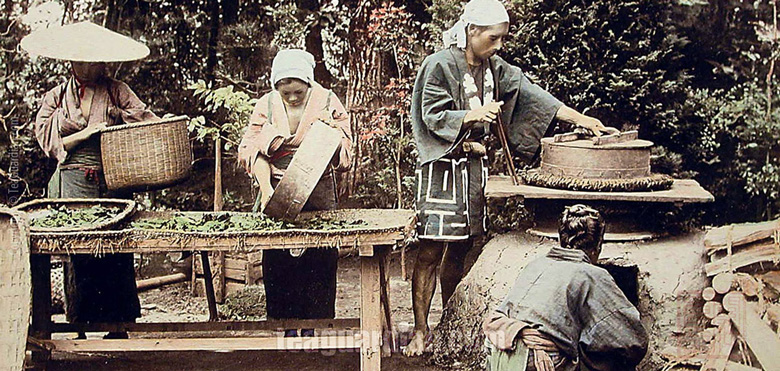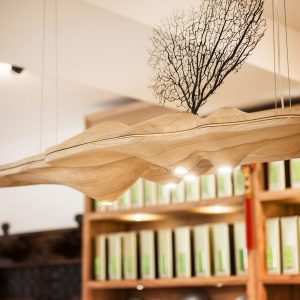Uji Gyokuro, Classic Representation of Japanese Green Tea
origin
Some historians may disagree with me and consider that the real origin of tea in Japan (1) should be Togano-o where tea seeds from China were planted by the Zen priest Eisai (aka Yousai) in the 1210’s (2), and where he also wrote the first book on tea in Japan “Health through Tea Drinking (Kissa-yojo-ki)” (3).
However, the tea he was producing was quite different from the sencha or the much more developed gyokuro we have today.
an imported culture taking on a local path of development
The production of tea evolved continuously as cultural, economical and social conditions changed. By the 17th century, the loose leaf tea technology of Ming dynasty China, together with the literati culture took root in the Uji area, south of Kyoto, which had already been developed into a central location of tea and culture since Eisai’s time. In 1738, Sohen Nagatani, a local producer, developed the sencha process basing on the steaming that was used for tencha and the rolling that was one of the loose leaf forms. A century later gyokuro became known as a higher value form of sencha, produced exclusively in Uji. Concurrently, dramatic changes were going on in the country. The Meiji Modernization (4) spirit later reigned the whole of Japan and by 1884, when machines began to be invented for tea processing, traditional quality soon gave way to automation.
Today, very, very few producers make gyokuro the traditional way, even in Uji. The remaining few throughout the whole country charge a premium for it.
The one we are reviewing is a finer machine-made quality, the best one can get in the market without the need to exclusive or special channels, produced by one of the most reputable gardens in Uji.













I drink green tea and relax.
green tea and a smoothie- wow i love this!